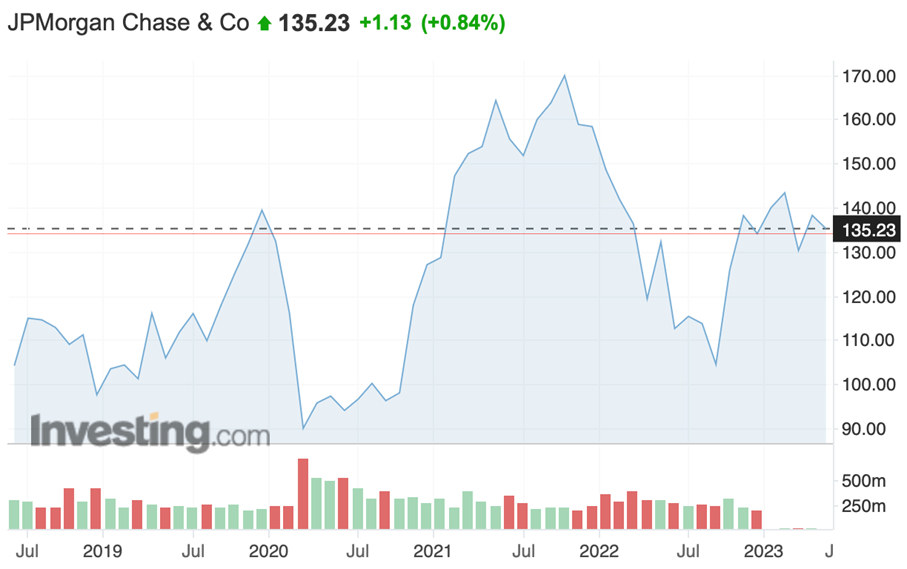Banks and asset managers on Wall Street are bracing for the consequences of a potential default. Although the financial industry has faced similar crises in the past, the short timeframe to reach a compromise makes bankers nervous. This article examines the potential consequences of a U.S. default and highlights the preparations that financial institutions are making.
Consequences of a US default
Given the prominent role of U.S. Treasuries in the global financial system, it is difficult to estimate the full extent of the damage that would result in the event of a default. However, executives expect widespread volatility in equity, debt, and other markets. The ability to trade Treasury positions in the secondary market would be severely constrained, leading to market disruptions and affecting derivatives, mortgage, and commodity markets. Financial institutions may ask counterparties to replace affected bonds in the absence of payments, causing interest rates to rise sharply, stock prices to fall, and loan contracts to be breached. Moody's Analytics warns that short-term funding markets could also frees up. [1]
Institutional preparations
Banks, brokers, and trading platforms are proactively preparing for disruptions in the Treasury bill market and increased volatility in general. Their preparations include formulating strategies to execute payments on Treasury securities, assessing the response of critical funding markets, ensuring that they have sufficient resources to handle high trading volumes, and evaluating the potential impact on client contracts. Major bond investors stress the importance of maintaining high levels of liquidity to be able to weather asset price fluctuations and avoid forced sales during adverse market conditions. The bond trading platform Tradeweb engages in discussions with clients, industry groups and market participants to develop contingency plans.
Contingency scenarios
The Securities Industry and Financial Markets Association (SIFMA), a major industry group, has developed a guide outlining communication protocols for Treasury market stakeholders in the event of a potential payment default. SIFMA considered several scenarios, including one in which Treasury buys time by extending the maturity of securities beyond one day, thereby allowing the market to function but delaying the accrual of interest. In the more disruptive scenario, Treasury does not pay principal or coupon without extending maturity. In this case, the outstanding bonds become non-negotiable and non-transferable through the Fedwire Securities Service. Each scenario presents significant operational challenges that require day-to-day manual adjustments to the trading and settlement processes.
Joint efforts and existing frameworks
The Treasury Market Practices Group (TMPG), sponsored by the Federal Reserve Bank of New York, has a plan for trading outstanding Treasury bills. The Depository Trust & Clearing Corporation, which owns the Fixed Income Clearing Corporation (FICC), is monitoring the situation and has modeled various scenarios based on the SIFMA manual. The Federal Reserve staff and policymakers have also developed a guide based on previous debt limit impasses that can serve as a starting point for dealing with the crisis. Finally, if necessary, the sensible step of a complete withdrawal from the defaulted securities market could be taken.

Chart 1 develompment of JPMorgan's share price over five years*
Conclusion
In the context of the looming US debt ceiling crisis, financial institutions are taking proactive measures to deal with the potential fallout. The consequences of a U.S. default would be far-reaching, impacting global financial markets and creating significant operational challenges.2 By developing contingency plans and leveraging existing frameworks, institutions are seeking to minimize disruptions and ensure effective management of this unprecedented situation.
* Past performance is no guarantee of future results
[1,2] Forward-looking statements are based on assumptions and current expectations, which may be inaccurate, or on the current economic environment, which may change. Such statements are not guarantees of future performance. They involve risks and other uncertainties that can.
difficult to predict. Results may differ materially from those expressed or implied by any forward-looking statements.


